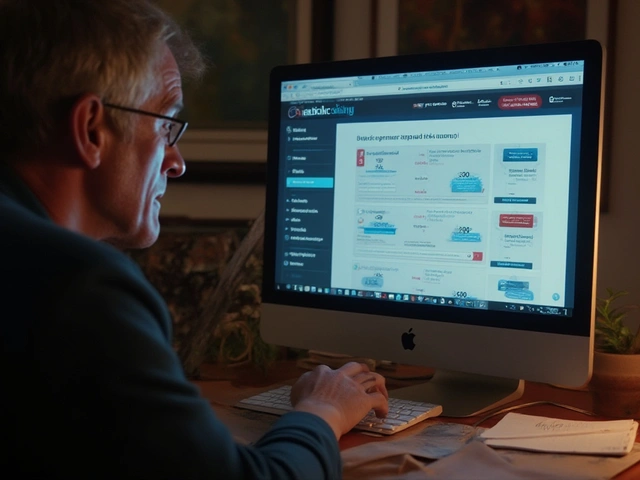Buy Vancomycin Online: Safe Steps, Risks, and What to Check
Vancomycin is a strong antibiotic used for serious infections. There are two main forms: oral vancomycin, which treats C. difficile in the gut, and IV vancomycin for severe bloodstream or tissue infections. If you’re thinking about buying vancomycin online, you need to know when it’s appropriate and how to avoid scams.
First: you must have a prescription. Vancomycin is prescription-only in most countries because dosing and monitoring matter. Buying without a prescription risks getting the wrong product or harming yourself. If a website sells vancomycin without asking for a script, walk away.
How to pick a trustworthy online pharmacy
Choose a licensed pharmacy with clear contact details and a licensed pharmacist available. Look for accreditation like VIPPS (US) or your national pharmacy board. Check for a physical address, phone number, and pharmacist chat or email. Read recent reviews and avoid sites with many spelling mistakes or pushy discount ads — those are red flags.
Verify the product details: manufacturer, lot number, expiration date, and storage instructions. For oral vancomycin, confirm it’s the form prescribed for C. difficile. For IV vials, ask how they handle sterile products and whether the shipment meets handling requirements.
Safety tips and clinical warnings
Vancomycin dosing is not one-size-fits-all. IV dosing depends on weight, kidney function, and the infection type. Doctors often monitor blood levels (AUC or trough) to reduce kidney injury and ensure effectiveness. Known risks include nephrotoxicity, ototoxicity, and “Red Man Syndrome” if IV is infused too fast. Don’t self-dose or mix IV drugs at home without medical supervision.
Ask your prescriber about interactions — other nephrotoxic drugs like aminoglycosides increase risk. If you have kidney problems, are pregnant or breastfeeding, tell your prescriber before taking vancomycin. For oral vancomycin, remember it’s poorly absorbed systemically and used specifically for C. difficile; it won’t treat blood infections.
When the package arrives, inspect seals, expiry, and temperature-sensitive labels. If something looks off, contact the pharmacy and your prescriber. Keep records of lot numbers and receipts in case of recalls.
Use telemedicine if you don't have a local prescriber. Many reputable online pharmacies partner with licensed telehealth services that can review your case and issue a prescription when appropriate. Compare prices but beware extremely low offers — they often mean poor quality. Check whether the online pharmacy ships from a regulated country and whether customs clearance will delay or block the drug. If you suspect side effects like hearing changes, sudden drop in urine, or rash, stop the drug and contact emergency care. Keep a copy of your prescription and instructions in case pharmacists or customs ask.
Final buying checklist: get a valid prescription, use an accredited pharmacy, confirm product details and shipping practices, discuss monitoring with your doctor, and never use IV formulations at home without medical training. If cost is an issue, ask your doctor about patient assistance programs, generics, or approved alternatives — but only through a professional. Always keep open lines with your prescriber.

Curious about how and where to buy Vancomycin online? Discover tips, risks, legal basics, and step-by-step guides to order Vancomycin easily and safely.
Chris Gore Jul 14, 2025




